MPPT Introduction of Inverter_What's the Use of MPPT in Inverter
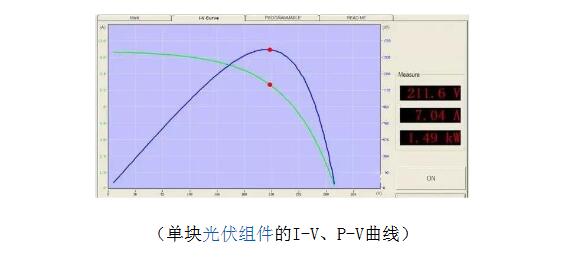
In the figure above, the PV module output voltage and current follow the IV curve (green) and the PV curve (blue). If you want the inverter to output the maximum power, you need the DC voltage to run at the maximum point of the red point. Is the maximum power point. If the maximum power point is 550V, the power is 200W at 550V. At this time, the power when operating at 520V is about 190W, and it is about 185W when 580V. There is no power at 550V. If the inverter fails to track 550V, it will lose power, but it will not have any other impact on the system.
Why do you keep tracking it? Because this curve varies with illumination intensity, temperature, and shading, the maximum power point is also changing. The maximum power point voltage may be 560V in the morning, 520V in the afternoon and 550V in the afternoon, so the inverter needs to continuously Look for this maximum power point, which is the maximum power point tracking, so as to ensure that all day's battery panel energy can be output maximally without wasting solar energy resources.
After understanding the above basic knowledge, let's talk about MPPT again.
MPPT, the abbreviation of Maximum PowerPoint Tracking, is “Maximum Power Point Tracking†in Chinese. It means that the inverter regulates the output power of the PV array according to different ambient temperature and light intensity characteristics of the outside world so that the PV array always outputs the maximum power.
The principle of maximum power point trackingWith the development of electronic technology, the current MPPT control of solar arrays is generally accomplished through a DC/DC conversion circuit. Its principle diagram is shown in the figure below.
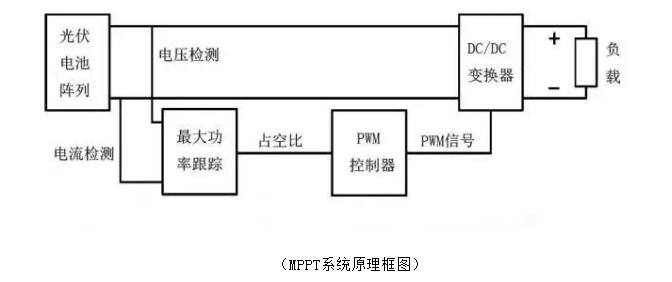
Photovoltaic cell array and load are connected through DC/DC circuit. The maximum power tracking device continuously detects the current and voltage changes of the photovoltaic array, and adjusts the duty cycle of the PWM drive signal of the DC/DC converter according to the change.
For a linear circuit, the power supply has maximum power output when the load resistance is equal to the internal resistance of the power supply. Although both the photovoltaic cell and the DC/DC conversion circuit are strongly non-linear, it can be considered as a linear circuit in a very short time. Therefore, as long as the equivalent resistance of the DC-DC conversion circuit is adjusted so that it is always equal to the internal resistance of the photovoltaic cell, the maximum output of the photovoltaic cell can be achieved, and the MPPT of the photovoltaic cell is also realized.
What is the use of inverter MPPT?Since solar cells receive light intensity and environmental factors, the output power of the solar cell changes, and the light intensity generates more power. The inverter with MPPT maximum power tracking is to make full use of the solar cell to make it operate. At the maximum power point. In other words, when the solar radiation is constant, the output power after MPPT will be higher than before MPPT, which is the role of MPPT.
Assuming that MPPT has not yet started tracking, the output voltage of the module is 500V. After the MPPT begins to track, it begins to regulate the resistance on the loop through the internal circuit structure to change the output voltage of the module while changing the output current to the output. The power is maximum (assuming a maximum of 550V), and it is continuously tracked afterwards. This means that if the solar radiation is constant, the output power of the module will be higher than 500V when the output voltage of the module is 550V. This is the MPPT. The role.
MPPT algorithmAt present, the maximum power point tracking (MPPT) technology for photovoltaic arrays has been studied at home and abroad, and various control methods have been developed. There are several commonly used control methods: constant voltage tracking (CVT) and interference observation. Perturbation And Observation Method (P&O), Incremental Conduction Method (INC), Conductivity Increment Method Based on Gradient Variable Step, and so on. (These algorithms can only be used under unobstructed conditions)
1) MPPT algorithm for single peak power output
At present, under the condition of no shelter, the control method of PVPT maximum power point tracking (MPPT) is commonly used as follows:
l constant voltage tracking method (Constant Voltage Tracking referred to as CVT)
l Perturbation And Observation Method (P&O)
l Incremental Conductance method (INC)
l Gradient-based conductance increment method, etc.
2) Multi-peak power output MPPT algorithm
Ordinary maximum power tracking algorithms, such as perturbation observations and conductance increment methods, may fail under the cover of a cloud and cannot achieve true maximum power tracking. At present, the multi-peak MPPT algorithm has also been proposed internationally, mainly including the following three:
Composite MPPT Algorithm Combining Conventional Algorithms
Fibonacci method
Short-circuit current pulse method
Effect of PV Inverter MPPT Technology on System Power GenerationIn photovoltaic systems, the cost of the inverter is less than 5%, but it is one of the decisive factors of power generation efficiency. When components such as components are completely the same, different inverters are selected, and the total power generation of the system is 5% to 10%. The difference in %, the main reason for this difference is caused by the inverter. The MPPT efficiency is the key factor in determining the PV inverter power generation. Its importance even exceeds the efficiency of the PV inverter itself. The MPPT efficiency is equal to the hardware efficiency multiplied by the software efficiency. The hardware efficiency is mainly the accuracy of the sampling circuit, MPPT voltage Range, determined by MPPT, software efficiency is mainly determined by the control algorithm.
Maximum power point tracking (MPPT) is a core technology in photovoltaic power generation systems. It refers to adjusting the output power of photovoltaic arrays according to different ambient temperature and light intensity characteristics of the outside world, making the photovoltaic arrays always Output maximum power.
The outbreak of China's photovoltaic market has promoted the development of photovoltaic inverters, and various technologies have emerged one after another. Currently used are centralized inverters, single-string inverters, dual-string inverters, distributed inverters, high-frequency modular inverters, and MPPT technologies.
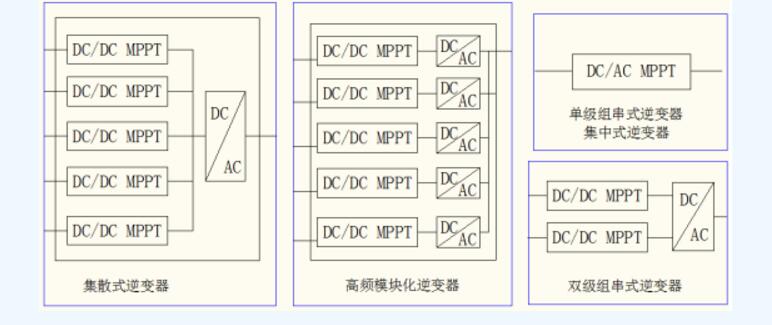
MPPT can be implemented in many ways, but regardless of which method is used, the power of the component must first be measured before reacting to changes. The most critical component of this is the current Sensor. Its measurement accuracy and linearity error will directly determine the hardware efficiency. The current sensor manufacturers with good performance are Swiss LEM, US VAC, Japan's Tamura, etc., have open loop and Two kinds of closed loop, open-loop current sensors are generally voltage type, small size, light weight, no insertion loss, low cost, linear accuracy of 99%, total measurement error of about 1%, closed-loop current sensor, a wide range of frequency bands, high precision , Fast response time, strong anti-interference ability, linear accuracy 99.9%, total measurement error 0.4%.
When the weather changes dramatically, there are advantages to using closed-loop sensors.
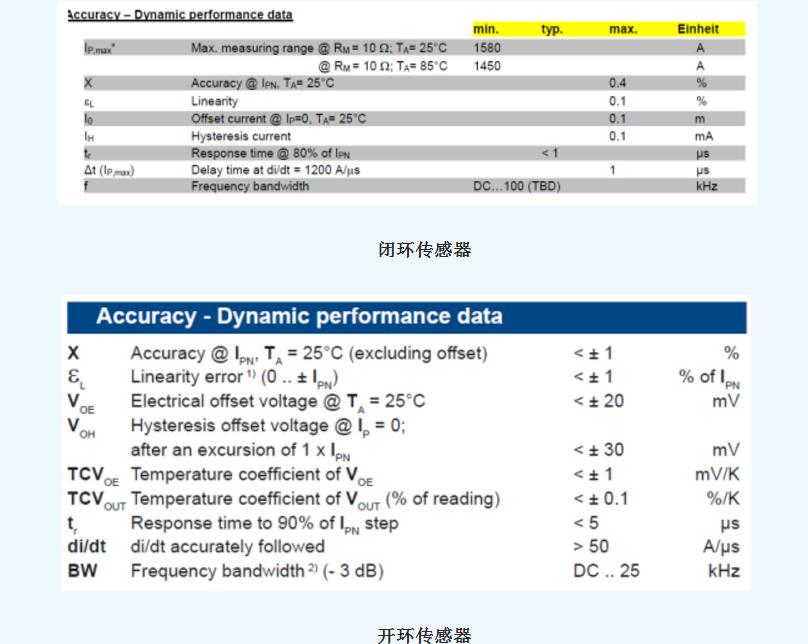
The operating voltage range of the inverter is related to the inverter's electrical topology and the inverter output voltage. The string inverter and the distributed inverter are two-level electrical topologies. The MPPT operating voltage range is 250-850V. Between the centralized inverter is a single-stage structure, the output voltage has 270V, 315V, 400V and other specifications, the input MPPT voltage range has 450-850V, 500-850V, 570-850V and so on, there is also a single-stage structure The string inverter has only one level of DC-AC inverter, the output voltage is 400V, and the MPPT input voltage range is 570-850V. From an application perspective, each has its own advantages and disadvantages.
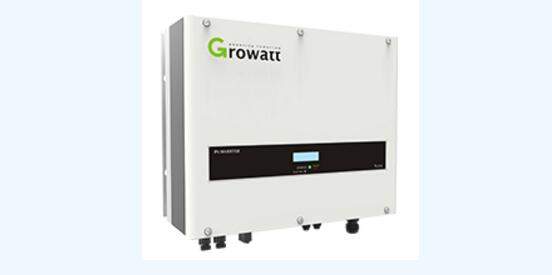
1) From the perspective of the inverter, the higher the output voltage of the inverter, the lower the current at the same power level, the higher the efficiency. The single stage is simpler than the two stage structure, and has high reliability, low cost, and low price.
2) From the system point of view, the wider the MPPT voltage range of the inverter, it can be started early, shut down late, and generate power for a long time.
3) According to the voltage source series principle, the system output voltage is added and the current does not change. After the PV modules are connected in series, the output current is determined by the minimum number of panels. Affected by the components' raw materials, processing techniques, shadows, and dust, the power of one module will be reduced, and the power of this module will be reduced. Therefore, the number of modules in series must be as far as possible. Less, the number of parallel connections is as large as possible to reduce the impact of component consistency.
3, the number of MPPTAt present, there are 1 to 5 MPPT channels for string inverters. The centralized inverter is generally a 1-channel MPPT, a distributed inverter, and the boost box is integrated with the MPPT booster. There are multiple channels. MPPT, there is also a high-frequency modular inverter, each module has a MPPT.
From the perspective of solving the problem of mismatch, the more MPPTs are more beneficial, and the smaller the number of MPPTs is, the better the stability and efficiency are. Because the more MPPTs are, the higher the system cost is, the worse the stability is and the more the loss is. many. Therefore, it is necessary to select a suitable solution in combination with actual terrain requirements. In theory, the inconsistency of components should be more than 0.5% before they have the value of use.
1) Functional loss: There are many MPPT algorithms, such as interference observation method, incremental conductance method, conductance increment method, etc. No matter which kind of algorithm, it is through constantly changing the DC voltage to judge the intensity change of sunlight. There will be errors. For example, when the voltage is actually at the best operating point, the inverter will still try to change the voltage to determine if it is the best operating point. If one MPPT is used, there will be more losses.
2) Measurement loss: In the MPPT operation, the inverter needs to measure current and voltage. In general, the greater the current, the greater the anti-jamming capability and the smaller the error. The 2-channel MPPT is 1 times larger than the 4-channel MPPT and the error is twice as small. If a company's 50KW inverter uses an open-loop DC current sensor HLSR20-P, the current is 20A and the error is 1%. When the input current is less than 0.5A, the error often occurs. When the input current is less than 0.2A, Basically not working.
3) Circuit loss: The MPPT main circuit has an inductor and a switch, which also generate losses during operation. In general, the higher the current, the smaller the inductance, the less the loss.
The figure below is a schematic diagram of the actual power generation of different MPPT inverters, single-pole single-channel and double-stage multi-channel in two different places. It can be seen from the figure that there are two types of areas where there is no shelter from light in the flat terrain. Inverter power generation is almost the same, single-pole single-channel single-channel power generation is short in the morning and evening, to lose part of the electricity, in the low efficiency due to its own loss, when the light reaches the start voltage, the output power is greater than the dual-stage multi-way, so The overall comparison is similar.
In areas where the mountain or the roof is shielded from light, the inverter of the multi-stage MPPT has a high power generation. This is because the low-power generation time period is longer and the high-power generation time is shorter.
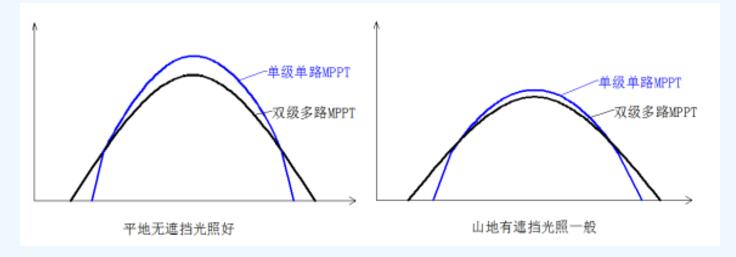
to sum up:
The diversity of inverter MPPT technology has brought great convenience to the power station design. Combining actual, scientific design, different terrain, and lighting conditions, choose different inverters, reduce the cost of power plants, and increase economic efficiency. There is a phenomenon of inconsistent orientation and partial shading in hilly and rooftop power stations, and the shading properties of different hills are not the same, causing mismatch of components. It is recommended to select multi-channel MPPT and a two-level inverter with a wide voltage range. , can increase the morning and evening power generation time. If there is no shelter in the flat area and the lighting conditions are good, it is recommended to select a single-channel MPPT and a single-stage inverter to improve system reliability and reduce system cost.
Resolver is a kind of commonly used angle detection component, because of its simple structure, reliable operation, and its accuracy can meet the general detection requirements
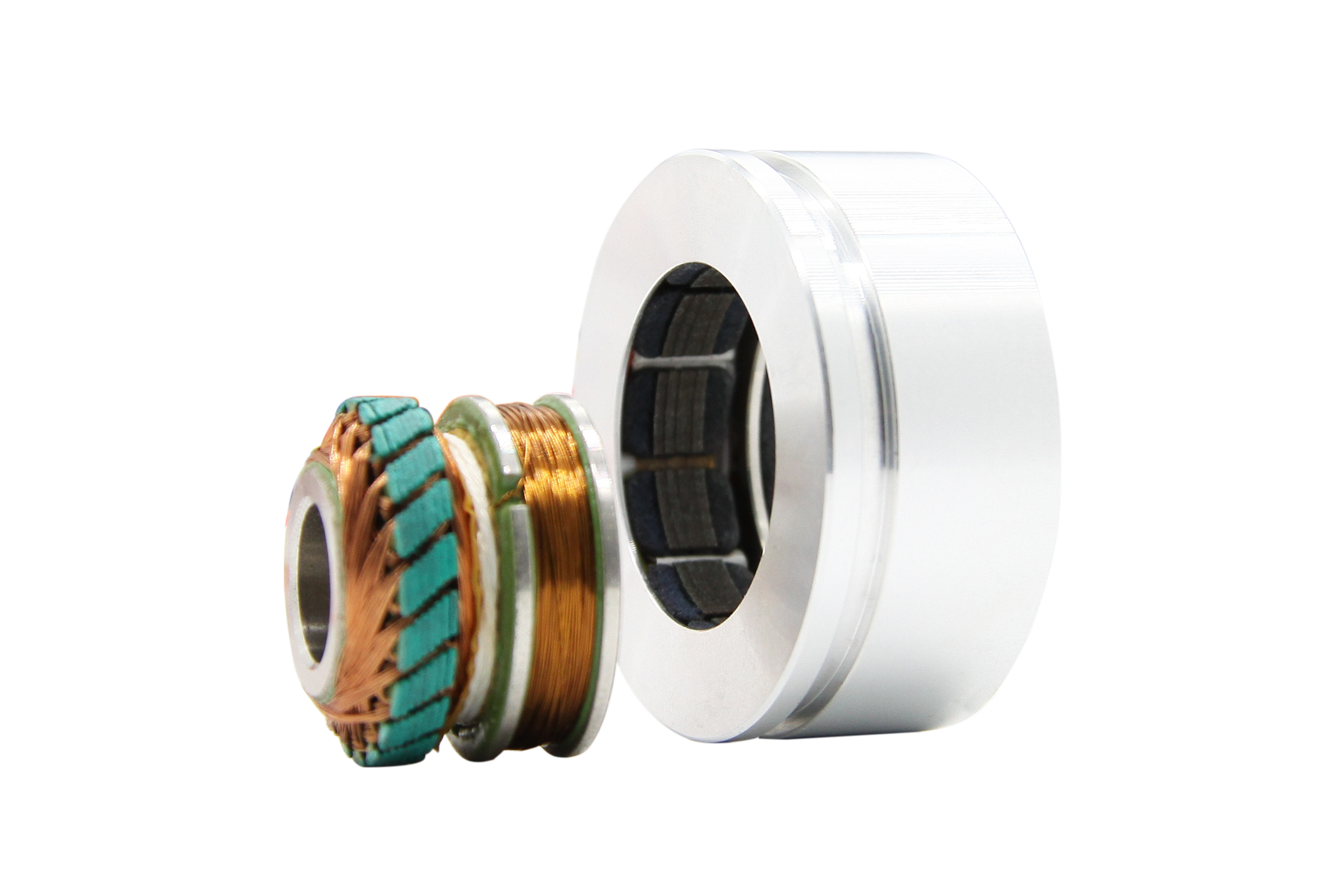
Resolver,Encoder Troubleshooting Resolver,Custom Resolver,Online Resolver
Yuheng Optics Co., Ltd.(Changchun) , https://www.yhenoptics.com